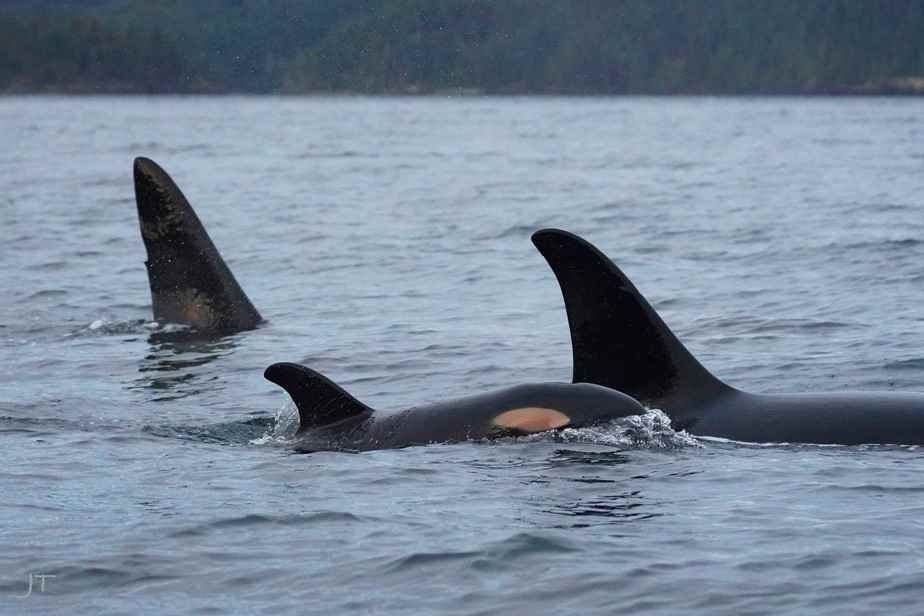(Vancouver) Toxic chemicals from toilet paper have been found in the bodies of endangered orcas in British Columbia, a study by marine scientists reveals.
Researchers at the University of British Columbia (UBC) analyzed tissue samples from six southern killer whales and six Bigg’s whales, also known as transient killer whales, that had stranded along the British Columbia coast between 2006 and 2018.
The Dr Juan José Alava, co-author of the study, said in an interview Thursday that the results left him and other researchers “shocked and saddened.”
He explained that the toxic chemicals could affect the killer whales’ hormonal systems, disrupting their physiological function and making them susceptible to disease.
The results were published last month in the journal Environmental Science and Technology.
A UBC press release said one of the most common pollutants found in the bodies of killer whales was 4-nonylphenol, which is often found in toilet paper. In addition to toilet paper pulp, it is also used in soaps, detergents and textile treatment, and is listed as a toxic substance in Canada due to its impacts on the nervous system.
This pollutant was most frequently found in the whale system, accounting for 46% of the total chemicals identified.
“Eternal Chemicals”
Another group of toxic pollutants of concern are known as “eternal chemicals” because they can last a long time in the environment, said Alava, who is also the principal investigator of the Pollution Research Unit. from the oceans to UBC. According to the university, these accounted for just over half of the contaminants found in whales.
“Eternal chemicals are the groups of contaminants that can cause immunotoxicity, making marine mammals like killer whales more susceptible to emerging pathologies and infectious diseases,” the researcher said.
These products are used in food packaging materials, kitchen utensils and fire extinguishers, among others.
One such compound, known as 7:3 FTCA, had not been identified in British Columbia to date, but was still the most common perennial pollutant found in the bodies of whales, Alava said. in the UBC press release. He said the various toxins had been dumped into the ocean through sewage treatment plants and industrial runoff, and then entered the food chain.
In an interview, the researcher said it was time to call for “stricter regulations and preventive actions” to limit containment emissions in the oceans, especially since southern killer whales are endangered. .
Tissue samples from a pair of southern killer whales showed researchers that pollutants could be transferred from mother whales to their offspring, possibly explaining a low survival rate of the killer whales’ firstborns, Mr. Álava.
“We are also mammals, we breathe air and eat salmon. Prevention is better than cure: we must adopt a cautious approach to avoid chemicals entering the environment,” he summed up, adding that chemical pollution was not only a concern because of its impact on sea life.
